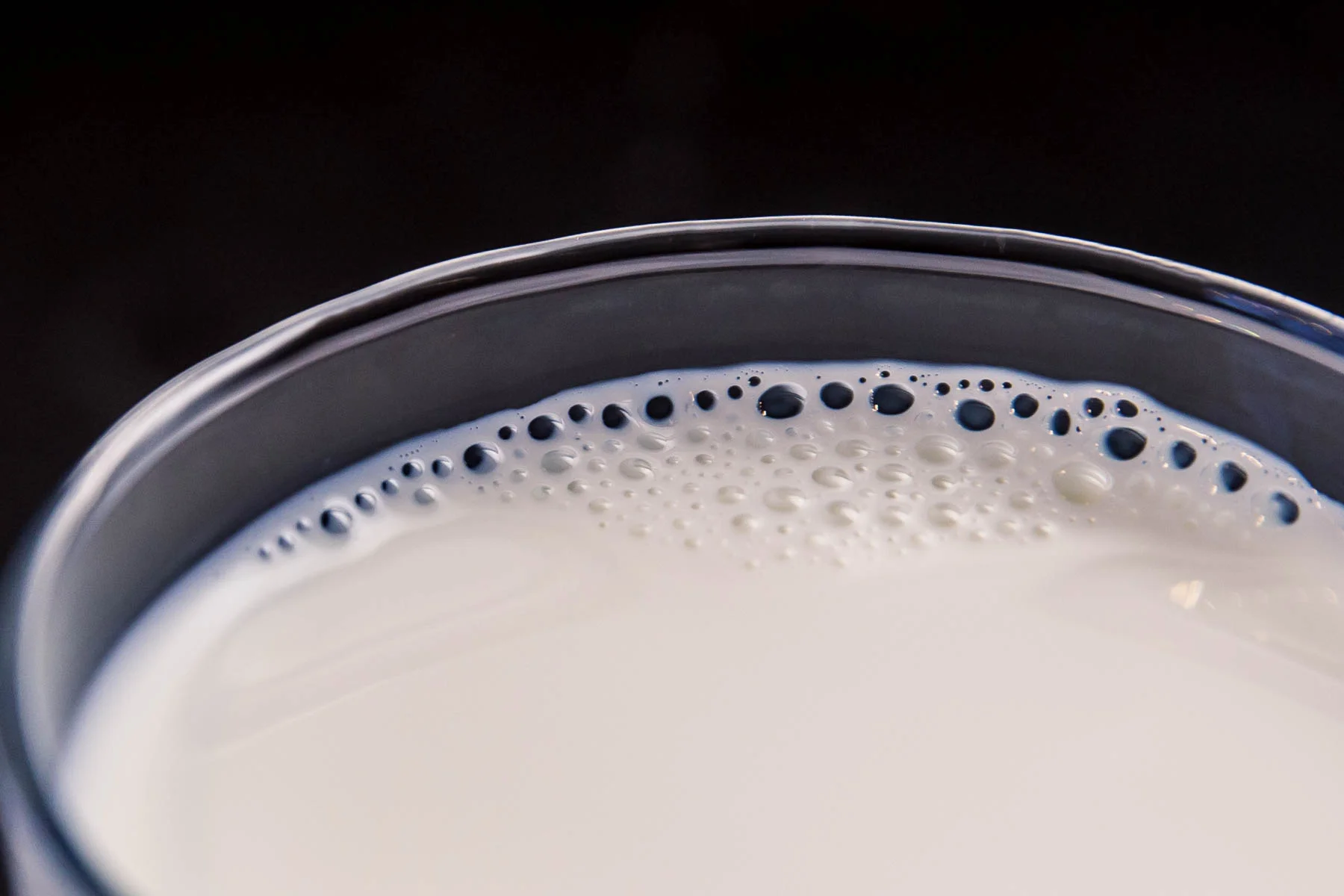Public Cupping Recap 11/15
The Coma Coffee team had such a fantastic time cupping our selectively-sourced, single origin coffees with local STL coffee enthusiasts. The event was held to publicly introduce our current lineup of coffees in the form of a tasting exercise (think wine sampling). Cupping is considered the industry standard for analyzing the characteristics of a coffee, and is so highly valued because of its ability to remove any technique or error that may be implemented in other brewing methods. It allows for consistency and repeatability. A year and a half in, this was Coma’s first public cupping. Along this journey we felt entirely overdue for a more formal introduction of our product and mission. We were very excited about it.
Coffee as a Sensory Experience
We began the evening with a chat about ways in which our senses experience coffee, facilitated by Coma’s roaster Connor James. The majority of your perception is determined by three senses: taste, aroma, and tactile sensation (body & texture)
Public cupping hosted by Coma Coffee 11/15/17
Taste
The sense of taste is largely subjective, but through calibrations and tools such as the SCAA (Specialty Coffee Association of America) flavor wheel we can attune our analysis to a more universal system. Something else that can vary heavily from person to person is sensitivity to specific flavors due to biological factors as well as cultural influences. Continued exposure to a large variety of flavors can help familiarize one’s taste buds to flavors they may have lacked sensitivity towards at one point.
Aroma
Aroma is when your nose and taste buds work together to perceive the flavors and vapors a coffee exudes. The roasting process transforms a subtly grassy, neutral smelling green bean into an explosively aromatic item through various chemical processes. To illustrate the level of complexity, a coffee bean can contain upwards of 900 aromatic compounds in comparison to wine’s 200-300. Aroma sets the stage for how our taste buds will interpret the various acids, carbohydrates, fats and oils within the coffee.
Breaking the crust during a coffee cupping. This is the best way to experience the full aroma of a coffee.
Body
Body refers to the coffee’s mouthfeel. Texture and body is experienced through what’s formally known as the tactile sensation, which is enabled by pressure receptors on the tongue. A great example of this is the difference in how skim and whole milk feels in your mouth, due to the differing fat content.
A glass of Ozark Mountain whole milk.
Our next topic of discussion was what we are able to taste in general and then more specifically how those tastes manifest in coffee. Broadly speaking, humans are able to taste saltiness, sweetness, bitterness, sourness and savories. Applying this to coffee, we taste specific type and intensity of acidity, flavor, body and session.
The major point of providing this information before diving into the cupping exercise was to guide participants into a more heightened state of sensory awareness, so that our coffees could be more affectively experienced. Tasting things thoughtfully isn’t something everyone is familiar with, so we wanted to provide knowledge and techniques on how to do so. Additionally, we provided a projection of the SCAA flavor wheel so that people could have a visualization of various characteristics to apply while tasting coffee. Without a visual queue you’re relying on memory to provide you the descriptors that apply to what you’re experiencing, which can prove frustrating and difficult to the most skilled tasters. A good practice while tasting is to do so comparatively, so after doing a single pass through all of our offerings we suggested our participants go back and forth tasting two different coffees: one from a Latin American origin and the other from an African Origin.
The engagement and level of intrigue we received from participants was humbling. We shared the experience with local baristas and other industry people, home roasters, and those just wanting to learn about coffee and how to taste its complexities.
Stay tuned for future cuppings coming in early 2018.
Thanks for making this event a special one St. Louis!




